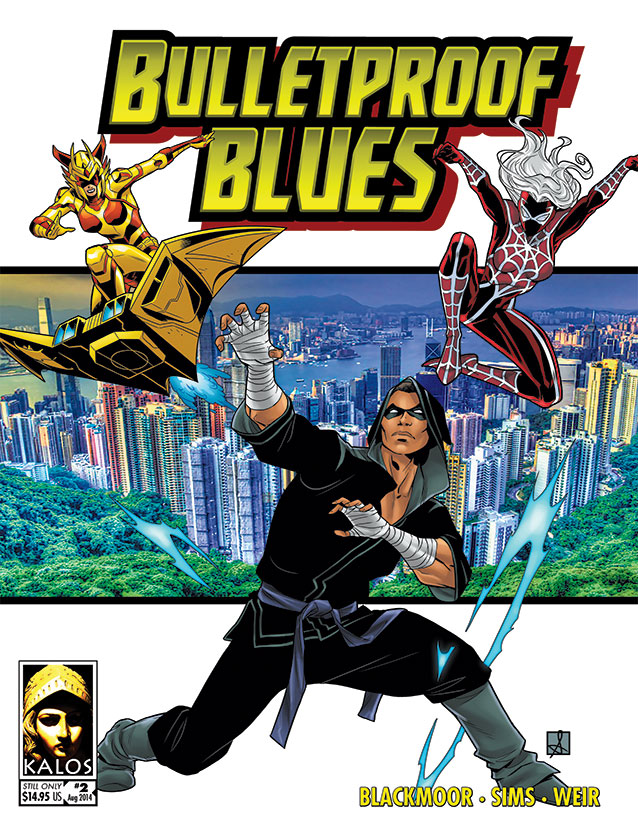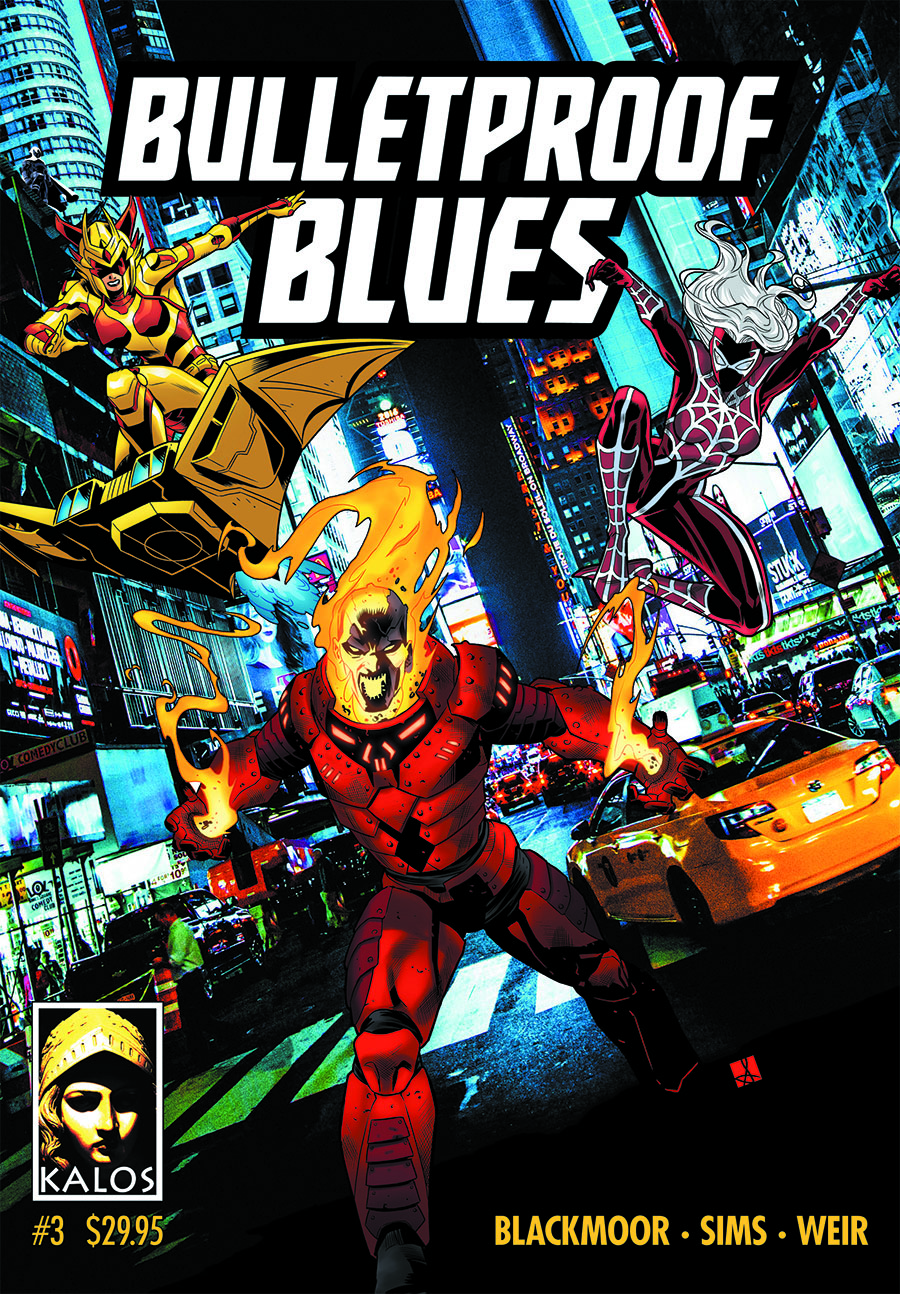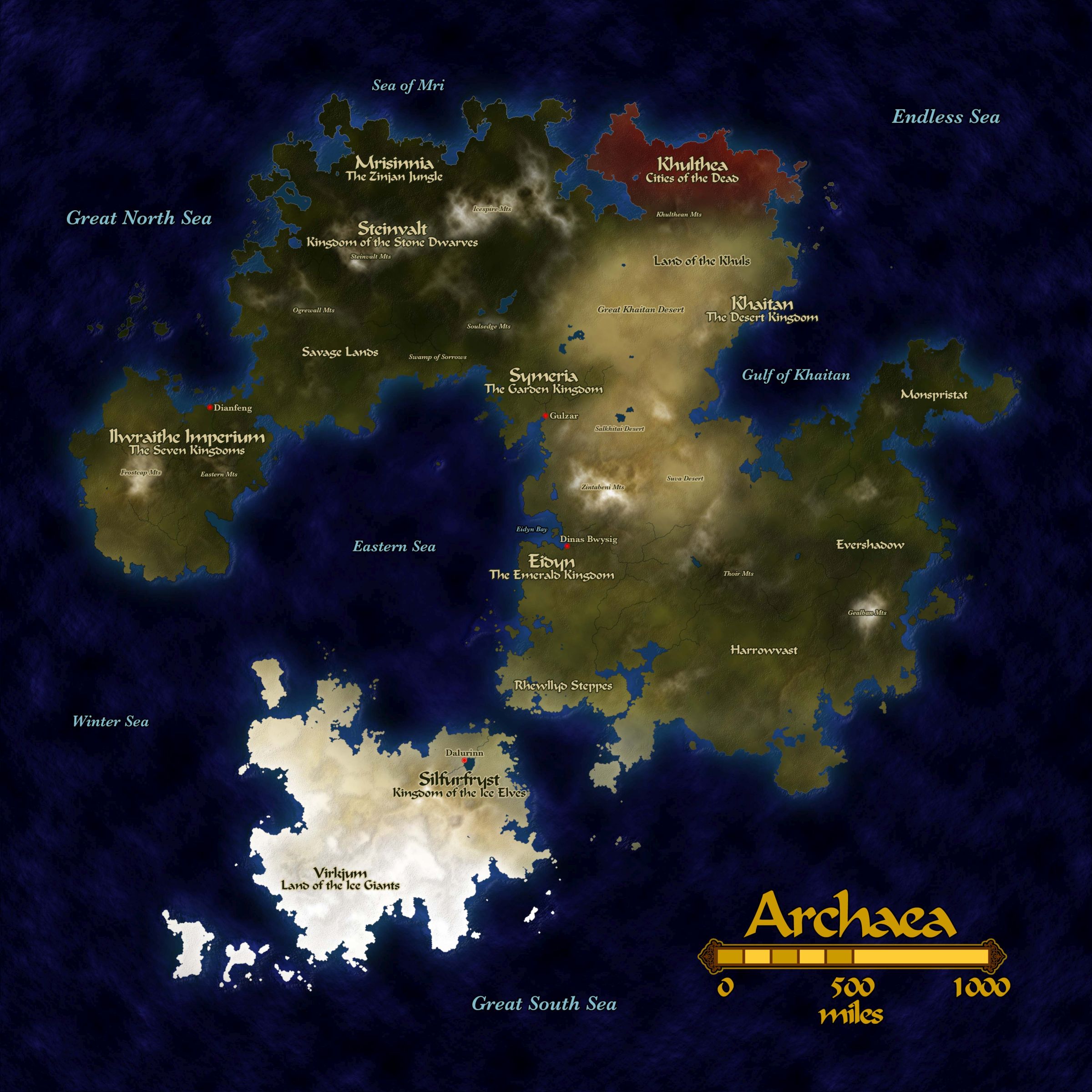Following up on the previous blog post, here’s what I am thinking now for combat resolution in ZeroSpace. Currently, the resolution mechanic looks like this:
2d6 + action value [+3 or –3] vs. 8 + difficulty value [+3 or –3]
We want to split up the character’s contribution and their weapon’s contribution, and make both meaningful. That will look like this:
2d6 + attribute + weapon [+3 or –3] vs. 8 + attribute + defense [+3 or –3]
I was pretty happy with the simplicity of “action value” and “difficulty value”, but if we have players adding two things (e.g., attribute and weapon), than coming up with a name for that sum just seems like a needless complication. On the other hand, it does make explaining the game mechanics a lot easier. I’ll keep “action value” and “difficulty value”, for now, and just define what those values actually are on a case by case basis. It might work. We’ll see how it goes.
We currently call the number assigned to each attribute its “rank”, so I suppose the simplest thing to do would be to call the numbers associated with weapons and defenses “rank”, as well (rather than attack rating/defense rating).
And since weapon-like esoteric powers and alien traits would need to work this way as well, we need to add an attribute for them, which I’ll call Power, at least until I think of something better.
So what would this change look like, in practice? It would go from this:
Blast
Blast is a short range (10 m) attack of pure esoteric energy which inflicts endurance damage. The Blast has an attack rating equal to the character’s Willpower.
Dissonance
Dissonance is an unarmed close combat attack which inflicts endurance damage. Dissonance has an attack value (AV) equal to the Willpower rank of the character with the power.
Dissonance ignores all normal forms of protection such as armor and energy shields: instead, the defense value (DV) of the target is equal to their Willpower. This is particularly effective against inanimate objects, since they have no Willpower.
A character with [[ZeroSpace:Esoteric_Orders#Harmony|Harmony]] is unaffected by Dissonance.
Ward
Ward permits a character to use their psiblade or psistaff as protection against most single-target attacks: anything which inflicts endurance damage and is aimed at the individual character.
The defense value (DV) of a character with the Ward advantage is equal to their relevant defense attribute + 1, or the attack rating of their psiblade or psistaff, whichever is greater. As always, this does not stack with armor, energy shields, or other forms of defense — only the highest defense value applies.
Ward does not need to be activated: it is always on, as long as the character is alert and has a psiblade in their possession.
Armor
Armor provides protection against most forms of direct damage: anything which inflicts Endurance damage. The defense value (DV) of a character with armor is equal to their relevant defense attribute (Brawn or Agility) + 1, or the defense rating of the armor, whichever is greater. As always, this protection does not stack with energy shields or other forms of defense — only the highest defense value applies.
Close Combat Weapons
The attack value (AV) of a character using a hand-to-hand weapon such as a club or a knife is equal to their relevant attack attribute (usually Brawn) + 1, or the attack rating of the weapon, whichever is greater. A knife with attack rating 1 wielded by a character with rank 2 Brawn would have an attack value of 3.
To this:
Blast
Blast is a short range (10 m) attack of pure esoteric energy which inflicts endurance damage. Blast has an attack value (AV) equal to the attacker’s Willpower rank + Power rank.
Dissonance
Dissonance is an unarmed close combat attack which inflicts endurance damage. Dissonance has an attack value (AV) equal to the attacker’s Willpower rank + Power rank.
Dissonance ignores all normal forms of protection such as armor and energy shields: instead, the defense value (DV) of the target is equal to their Willpower rank + Power rank. This is particularly effective against inanimate objects, since they have no Willpower.
A character with [[ZeroSpace:Esoteric_Orders#Harmony|Harmony]] is unaffected by Dissonance.
Ward
Ward permits a character to use their psiblade or psistaff as protection against most single-target attacks: anything which inflicts endurance damage and is aimed at the individual character.
The defense value (DV) of a character with the Ward advantage is equal to the rank of their defense attribute + the rank of their psiblade or psistaff. As always, this does not stack with armor, energy shields, or other forms of defense — only the highest defense value applies.
Ward does not need to be activated: it is always on, as long as the character is alert and has a psiblade in their possession.
Armor
Armor provides protection against most forms of direct damage: anything which inflicts Endurance damage. The defense value (DV) of a character with armor is equal to the rank of their defense attribute (Brawn or Agility) + the rank of the armor. As always, this protection does not stack with energy shields or other forms of defense — only the highest defense value applies.
Close Combat Weapons
The attack value (AV) of a character using a hand-to-hand weapon such as a club or a knife is equal to the rank of their attack attribute (usually Brawn) + the rank of the weapon. A knife with rank 1 wielded by a character with rank 2 Brawn would have an attack value of 3.
That’s not so bad, is it?







